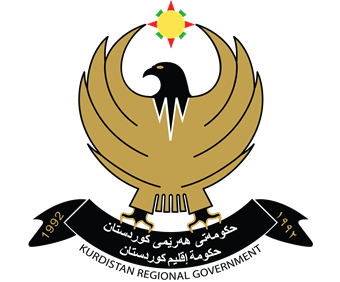التركيب الصرفنحوي في اللغتين العربية و الكوردية
DOI:
https://doi.org/10.56422/ka..47.83Abstract
There are three types of comparative language studies, where their objectives and means differ.
1 - Historical Comparative Linguistics: Comparing languages with the aim of finding out the common origin from which a particular Language or group of languages have been descended to draw the linguistic family tree and identify the location of each language within the structure of the family to which it belongs. i.e. To identify their Genetic relationship.
2 - Typological : The comparison of languages in order to find out the similarities and differences between languages in their present form without any reference to their historical origins in order to formulate a general theory of the linguistic structure of the surface structure. One of the main objectives of this approach is to classify languages into groups that are similar or share one or more of their characteristics.
3 - Contrastive analysis: Comparing Languages to find the easiest way to teach other languages .
Genetically Arabic language belongs to the Semitic family of languages, Typologically is an VSO/SOV Polysynthetic Fusional Language.
Kurdish language belongs to the Indo-European language family. Typologically it is an SOV, Agglutinative Polysynthetic Language.
This research is a comparison between Kurdish and Arabic Languages to identify the similarities and differences in their system of Personal Pronoun Suffixes and Morphsyntactic Construction .





